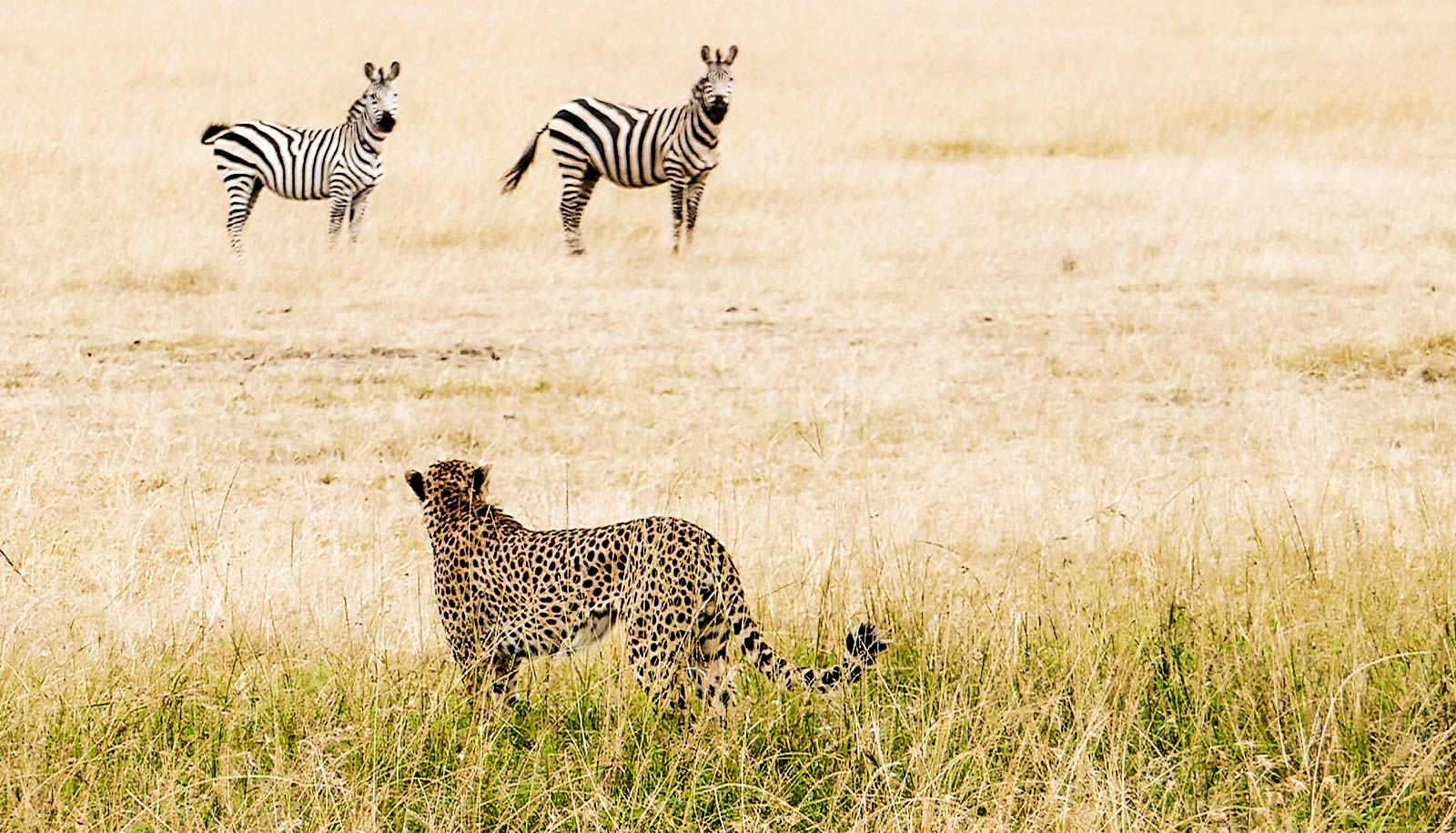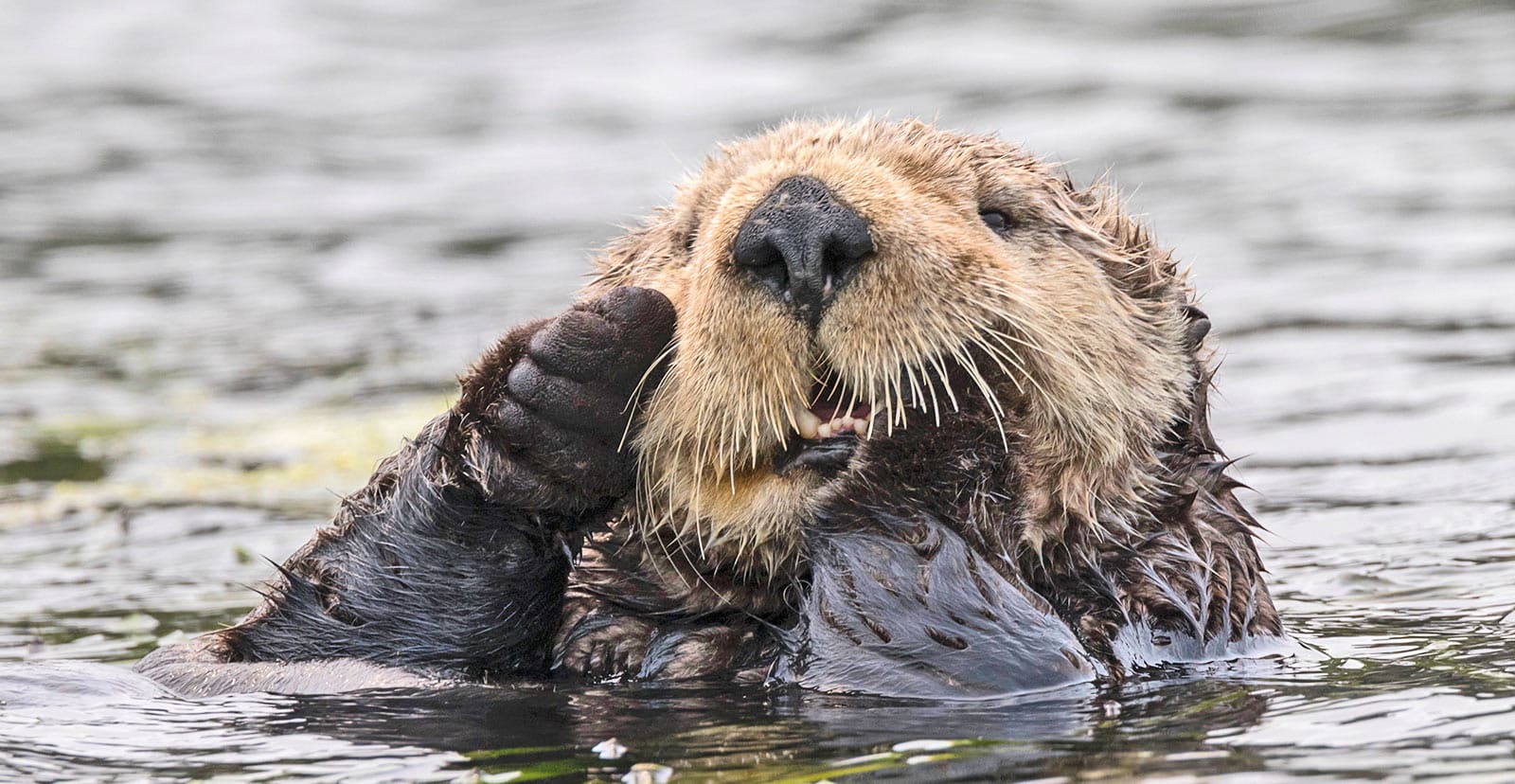New research finds a correlation between the stability of giant kelp and that of understory seaweed and seafloor invertebrates like sponges, as well as higher biodiversity over all.
Scientists have taken a growing interest in ecological stability—the factors that make an ecosystem robust against pressures and perturbations—especially in light of human impacts like climate change and pollution. Though many presume that the stability of an ecosystem’s foundation species will promote stability overall, few have quantified this effect as of yet.
Researchers at UC Santa Barbara’s Marine Science Institute (MSI) have leveraged long-term ecological data to probe this question in Southern California’s kelp forests. Their results appear in the journal Ecology.
An untested assumption
A foundation species shapes its entire environment and defines an ecosystem. “The ecosystem in which they live is often named after them, like oyster beds, coral reefs, or redwood forests,” says Robert Miller, a research biologist at MSI and one of the paper’s coauthors. They generally provide the ecosystem’s physical structure or main source of food, and as such, have a strong effect on the species that live there.
“The fact that a foundation species, such as giant kelp, could promote the stability of the species for which it provides food and habitat might seem trivial,” says lead author Thomas Lamy, a postdoctoral researcher at MSI. “This was part of the original definition of a foundation species—which dates back to around 1972—but had never been tested before.”
Giant kelp’s effect
The researchers pored over 18 years of ecological data from nine shallow reefs in the Santa Barbara Channel. The information included species size and abundance, biodiversity, and biomass, among many other useful data. Statistics and mathematical modeling enabled the scientists to uncover trends and patterns in the data.
The team considered different groups of organisms separately to better understand the ecosystem’s dynamics. “It’s hard to compare the diversity of, for example, bacteria with the diversity of whales,” Miller remarks. For this study, that meant looking at understory algae and invertebrates separately, which revealed nuances that were hidden when the groups were lumped together.
“We found a positive link between the stability of the giant kelp and the stability of understory macroalgae and seafloor invertebrates,” says Lamy.
So, giant kelp has a giant effect on the kelp forest. “It can sound rather intuitive,” he acknowledges, “but sometimes these are the most difficult ideas to test. As pointed out before, this requires a lot of ecological data.”
Stable ecosystems
Fortunately, the researchers had the benefit of nearly two decades of data and observations courtesy of the Santa Barbara Coastal Long-Term Ecological Research Project (SBC LTER). The Marine Science Institute manages the SBC LTER, which is part of a network of sites that the National Science Foundation runs.
“That’s the advantage of the LTER program: It enables us to look at long-term questions that are critical to ecology,” Miller says.
The group found that most of giant kelp’s influence on the forest’s stability came indirectly. Robust kelp increased species diversity and this in turn increased the ecosystem’s stability. In a previous study, the group found that biodiversity alone can bolster stability. If the abundance of different species fluctuates out of sync with each other, their variability tends to even out as a whole, leading to a more stable ecosystem overall. And greater biodiversity means more species contribute to this effect.
“This is what we would expect if giant kelp truly is a foundation species that the whole ecosystem is depending on,” Miller says.
Stable kelp forests may harbor more species by promoting steady recruitment, balancing the availability of limiting resources, or providing refuge from different stresses, Lamy suggests. The team plans to investigate these mechanisms in future work.
The relationship between kelp and kelp forests is of particular interest and concern to scientists, who think that the stability of kelp is likely to change in the future. Climate change promises to bring more warming events, larger waves, and stronger storms, all conditions that place pressure on giant kelp. Understanding the relationship between foundation species’ stability and ecosystem stability will help us anticipate how the ecosystem will react and then respond accordingly.
Source: UC Santa Barbara



